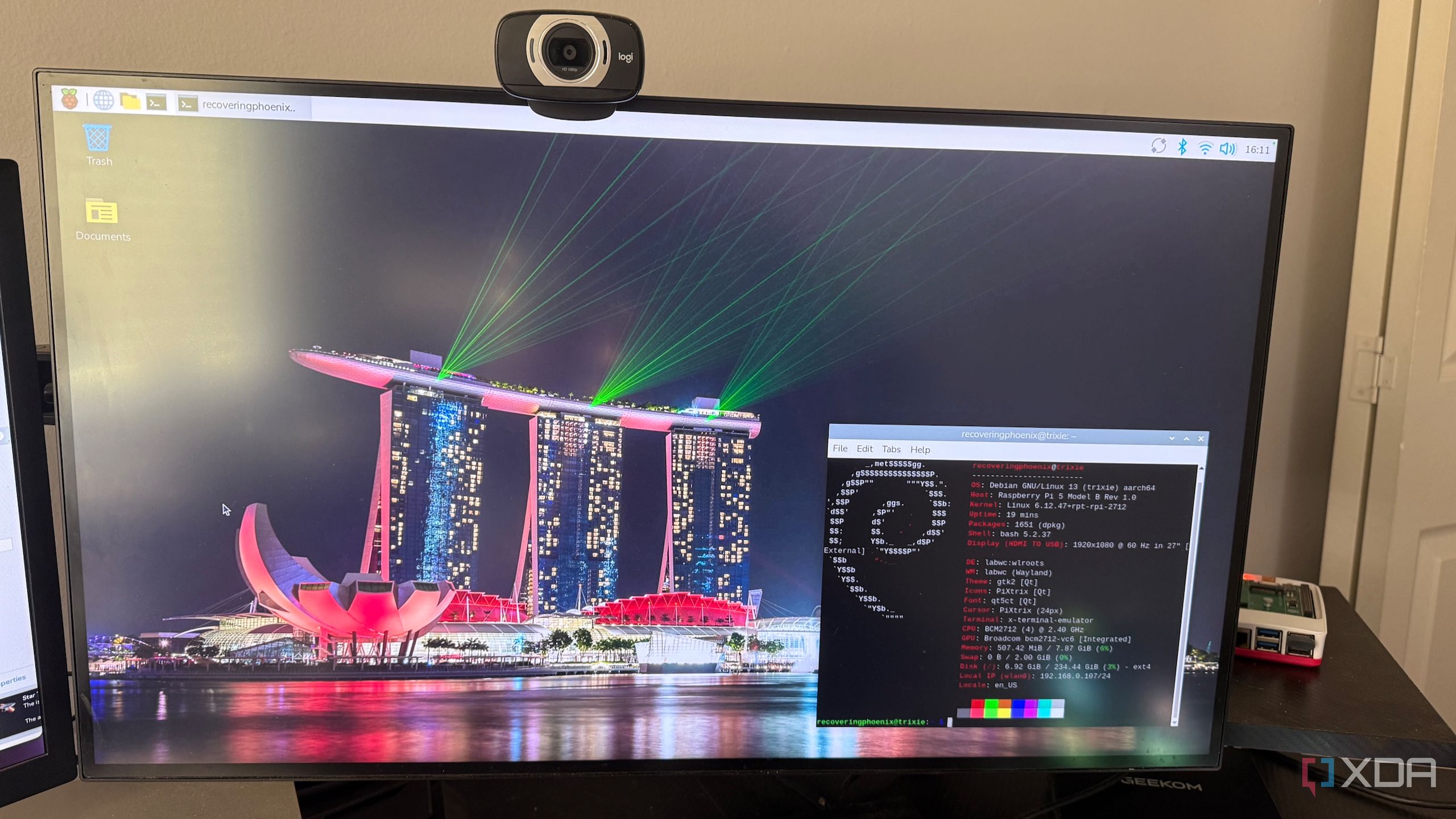Top Stories
Companies Mislabeling Software as ‘Open’ Sparks Urgent Debate

URGENT UPDATE: The software community is grappling with a critical issue as companies increasingly mislabel their products as “open-source,” raising concerns about transparency and user rights. The distinction between true open-source software and mere source-available releases is more important than ever, affecting developers and users globally.
New reports reveal that major players like Meta and Elastic are blurring the lines, confusing consumers who expect freedom and flexibility. For instance, Meta’s Llama large language model, despite being tagged as open-source, carries licensing restrictions that limit commercial use. This means that while the source code is visible, it fails to meet the criteria established by the Open Source Initiative (OSI).
The implications are significant. Users and developers who invest time and resources into these projects may find themselves stifled by restrictions that prevent modifications or redistribution. This confusion undermines the collaborative spirit that has fueled innovation in the open-source community for decades.
Authorities confirm that the difference between “open-source” and “source-available” software is not just a technicality; it holds real-world consequences. Open-source licenses like GNU General Public License (GPL) and MIT provide users with the legal right to use, modify, and freely redistribute software. In contrast, source-available licenses often impose limitations, causing developers to rely solely on the original authors for updates and fixes.
The trend raises urgent questions about sustainability and user freedom in the tech landscape. Redis, once a flagship of open-source databases, has adopted similar restrictions, highlighting a shift among companies prioritizing business interests over community collaboration. As businesses increasingly adopt source-available models, the software landscape risks fragmentation and reduced innovation.
Developers, educators, and users must remain vigilant. Experts recommend scrutinizing licenses closely to differentiate between genuine open-source projects and those merely offering visibility. True open-source initiatives encourage community contributions through pull requests and issue tracking, while source-available projects typically reserve decision-making power for the original creator.
As this debate unfolds, the long-term health of the open-source ecosystem hangs in the balance. Linux, VLC, and Blender exemplify the resilience of true open-source projects that thrive on shared ownership. In contrast, projects with restrictive licenses may falter once corporate interests shift.
The urgency for clarity in software licensing cannot be overstated. As companies continue to market restricted code as open-source, they dilute the meaning of the term and erode trust. This trend may lead to fewer contributors and less innovation, ultimately harming the broader software community.
Users are encouraged to support projects upholding true open-source principles, ensuring a collaborative future where development thrives. In a landscape where transparency is valued, the need for freedom has never been more essential. By understanding these distinctions, stakeholders can make informed decisions that impact the future of software development.
Stay tuned for further developments as the software community navigates this pressing issue.
-

 Science4 days ago
Science4 days agoInventor Achieves Breakthrough with 2 Billion FPS Laser Video
-

 Top Stories1 week ago
Top Stories1 week agoCharlie Sheen’s New Romance: ‘Glowing’ with Younger Partner
-

 Entertainment1 week ago
Entertainment1 week agoDua Lipa Aces GCSE Spanish, Sparks Super Bowl Buzz with Fans
-

 Business1 week ago
Business1 week agoTyler Technologies Set to Reveal Q3 Earnings on October 22
-

 World1 week ago
World1 week agoR&B Icon D’Angelo Dies at 51, Leaving Lasting Legacy
-

 Entertainment1 week ago
Entertainment1 week agoMother Fights to Reunite with Children After Kidnapping in New Drama
-

 Entertainment1 week ago
Entertainment1 week agoRed Sox’s Bregman to Become Free Agent; Tigers Commit to Skubal
-

 Science1 week ago
Science1 week agoNorth Carolina’s Biotech Boom: Billions Invested in Manufacturing
-

 Health1 week ago
Health1 week agoCurium Group, PeptiDream, and PDRadiopharma Launch Key Cancer Trial
-

 Health1 week ago
Health1 week agoCommunity Unites for 7th Annual Into the Light Walk for Mental Health
-

 Health1 week ago
Health1 week agoNorth Carolina’s Biotech Boom: Billions in New Investments
-

 Top Stories6 days ago
Top Stories6 days agoFormer Mozilla CMO Launches AI-Driven Cannabis Cocktail Brand Fast









